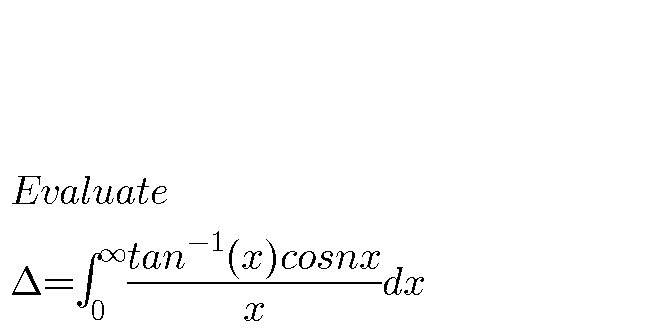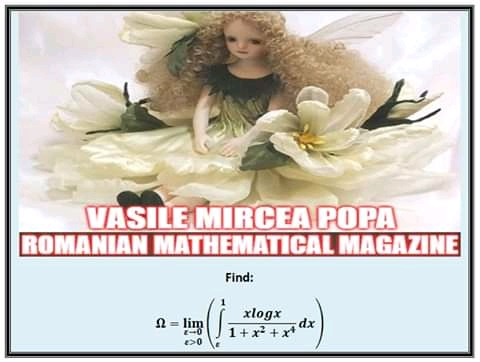
AllQuestion and Answers: Page 1368
Question Number 76048 Answers: 2 Comments: 0
Question Number 76038 Answers: 1 Comments: 0

Question Number 76037 Answers: 1 Comments: 0
Question Number 76034 Answers: 1 Comments: 0
Question Number 76032 Answers: 0 Comments: 0

Question Number 76015 Answers: 0 Comments: 0

Question Number 76014 Answers: 0 Comments: 0

Question Number 76013 Answers: 1 Comments: 0

Question Number 76012 Answers: 1 Comments: 0
Question Number 76009 Answers: 1 Comments: 0
$${hiw}\:{do}\:{i}\:{solve} \\ $$$$\mathrm{2}^{{x}} \:=\:\mathrm{4}{x}? \\ $$
Question Number 76003 Answers: 1 Comments: 0
Question Number 75991 Answers: 1 Comments: 1

Question Number 75990 Answers: 0 Comments: 0

Question Number 75989 Answers: 0 Comments: 0

Question Number 75988 Answers: 0 Comments: 3

Question Number 75987 Answers: 1 Comments: 0

Question Number 75986 Answers: 1 Comments: 1

Question Number 75985 Answers: 1 Comments: 0

Question Number 75984 Answers: 1 Comments: 0

Question Number 75983 Answers: 0 Comments: 2
Question Number 75976 Answers: 0 Comments: 3
Question Number 76077 Answers: 2 Comments: 3
Question Number 75960 Answers: 1 Comments: 2
Question Number 75955 Answers: 2 Comments: 0
Question Number 75954 Answers: 0 Comments: 2
Question Number 75953 Answers: 0 Comments: 0
Pg 1363 Pg 1364 Pg 1365 Pg 1366 Pg 1367 Pg 1368 Pg 1369 Pg 1370 Pg 1371 Pg 1372
